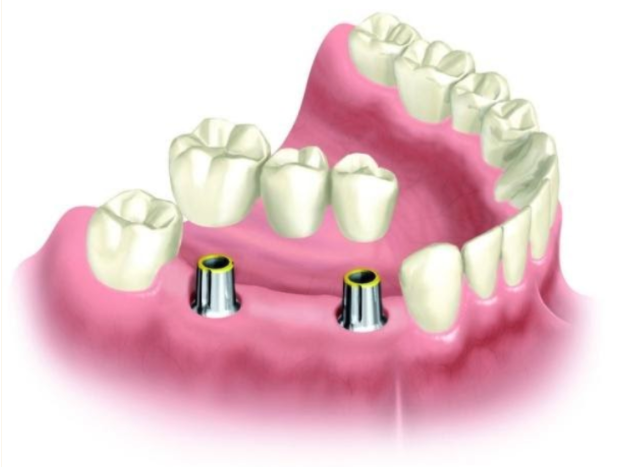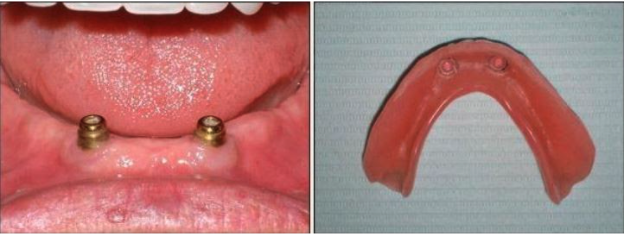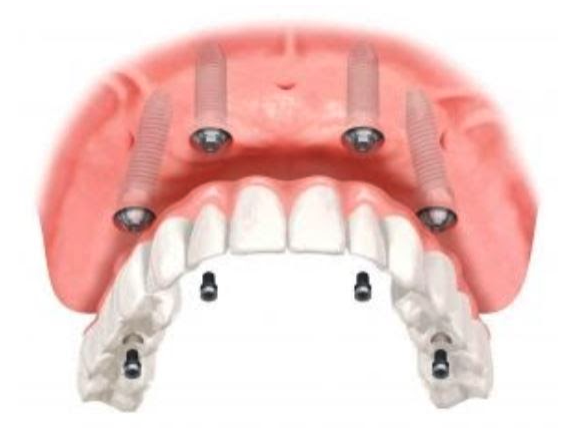Implant Dentist in North County San Diego (Carlsbad, Vista, Oceanside, Encinitas, San Marcos, Escondido)

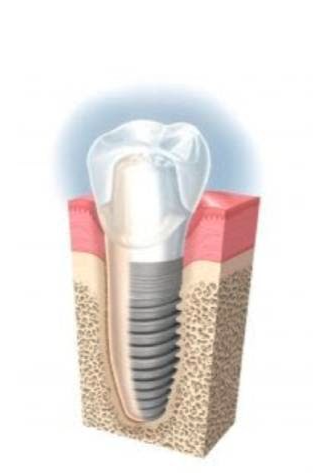
Bridges used to be the only option. This required grinding down teeth adjacent to a missing tooth site. This left the teeth even more susceptible to decay, poor hygiene, need for root canals, and more. Dental implants do not require cutting on the adjacent teeth, and have a superior track record for long term success.
At Nelson Oral Surgery, you will always be given all treatment options. In nearly all cases, treatment with dental implants will be an option. Dental implants are the best treatment choice for most every situation where teeth are missing – no painful dentures, no metal prongs, and no need to grind down healthy teeth. Dental implants act as replacements for tooth roots, and help preserve jawbone so you can avoid even more bone loss and recession.
With success rates of dental implants averaging in the 96-98% range, it is no wonder that more patients are electing to proceed with dental implant treatment. With proper care and maintenance, implants can last as long as natural teeth. Dental implant procedures involve minimal recuperation and can be painlessly performed while you are asleep.

Planning
The planning, process and success of your implant treatment rely on multiple coordinated efforts, between your dentist and Dr. Nelson. In order to create an optimal esthetic and functional outcome, your dentist will work directly with Dr. Nelson.
During your consultation, we will take a cone beam scan (CBCT or 3D CT) to evaluate the dimensions of your bone. We will also assess the health, thickness, and dimensions of the gingiva, surrounding teeth, and your bite. We will explain treatment options based on your situation and provide you with the information necessary to make an informed decision.
Timing
Some implants may be placed the same day as the extractions, while others require time for the bone to heal sufficiently, prior to implant surgery. We will go over the risks, benefits and alternatives for your case, based on our exam.
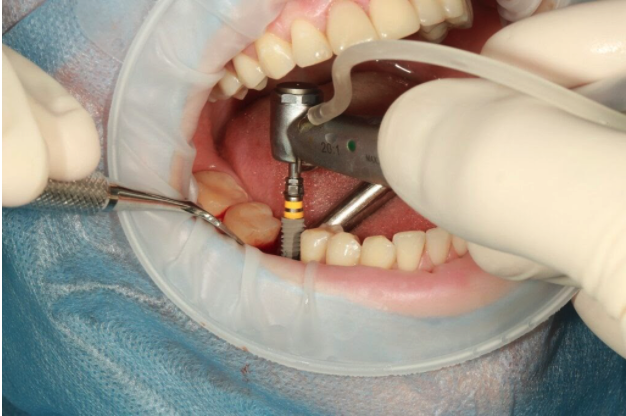
The term “connector” has been used to describe implants. When only one tooth is missing, an implant can be connected to a single abutment and crown. However, when multiple or all teeth are missing, we are able to place fewer implants than the number of missing teeth. We then have multiple options for connecting them to a bridge, a denture, a partial denture, or any number of prostheses.
